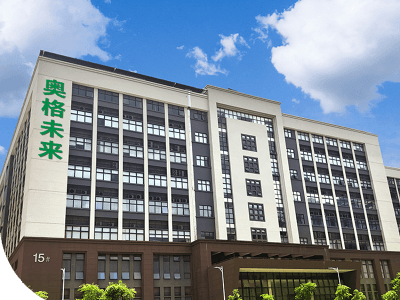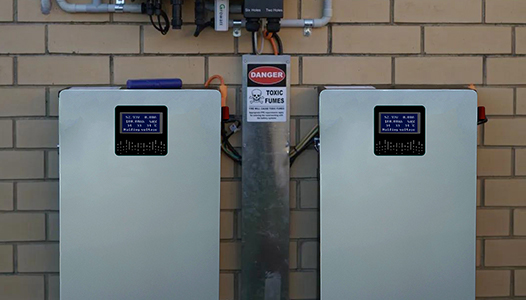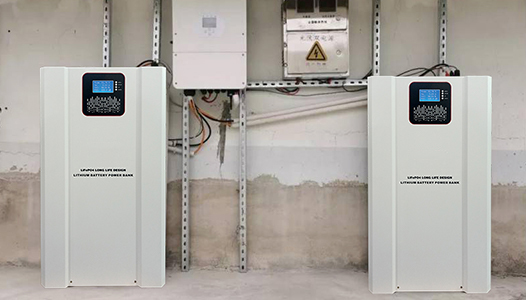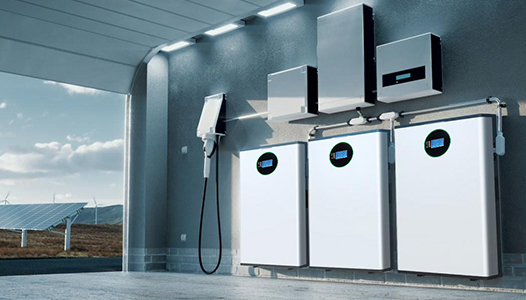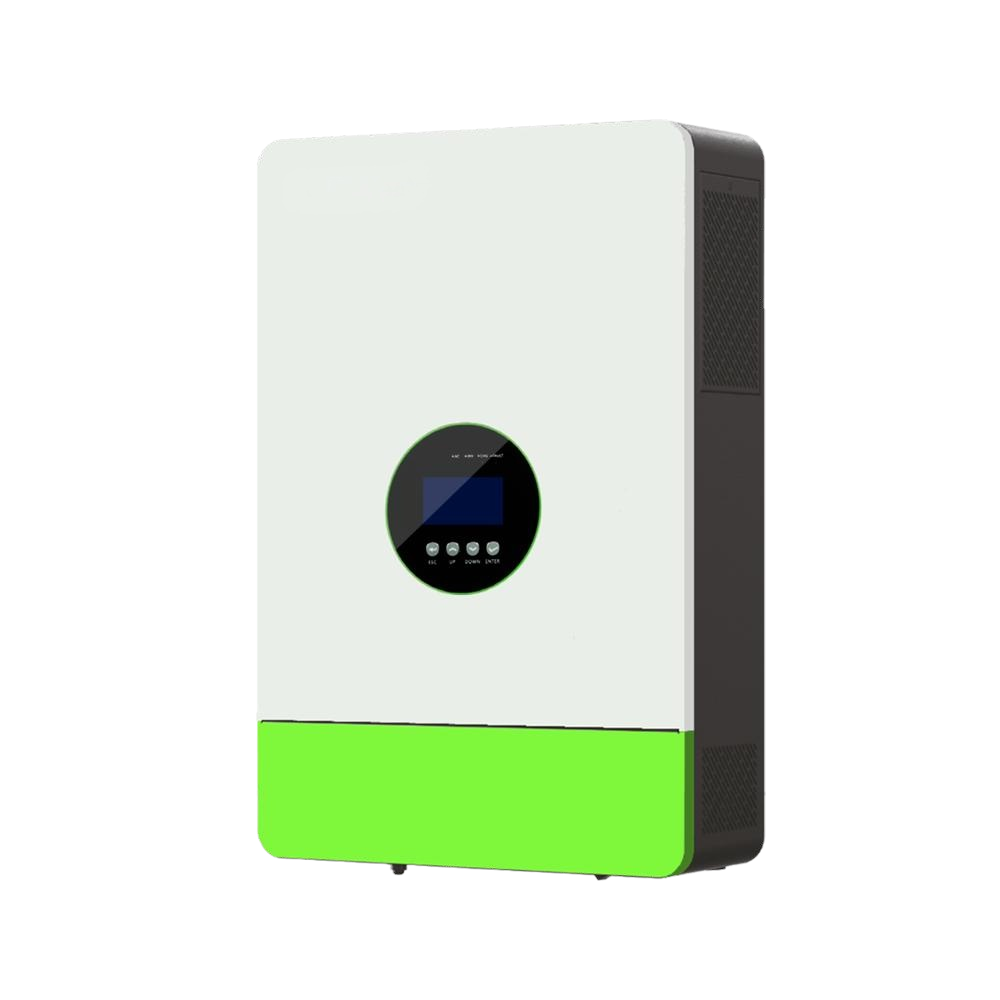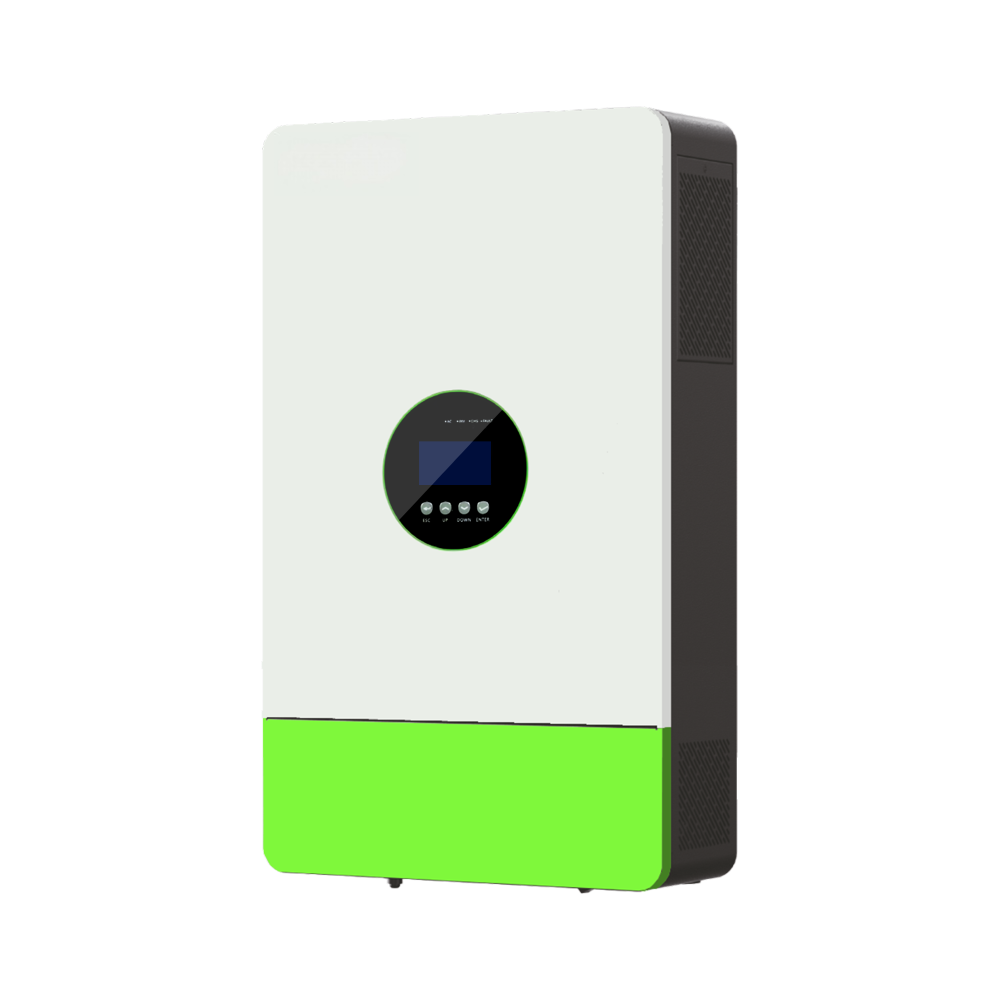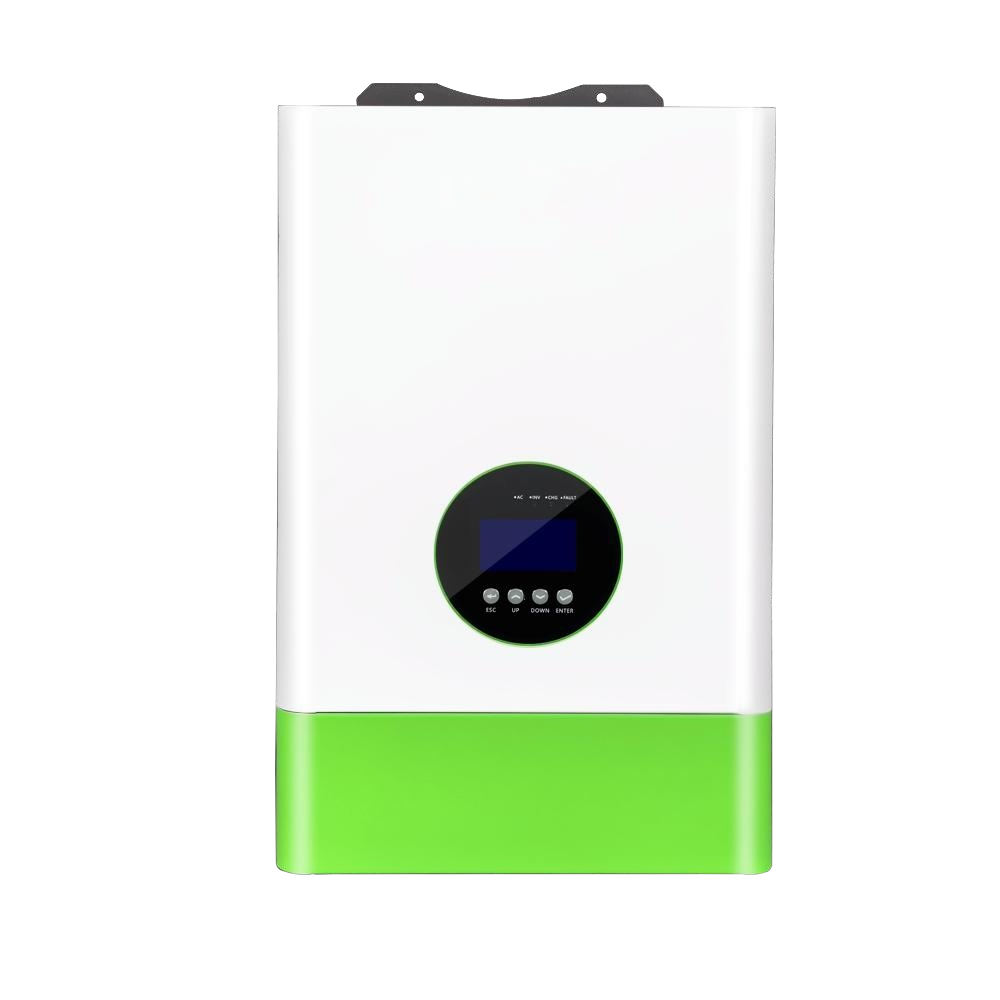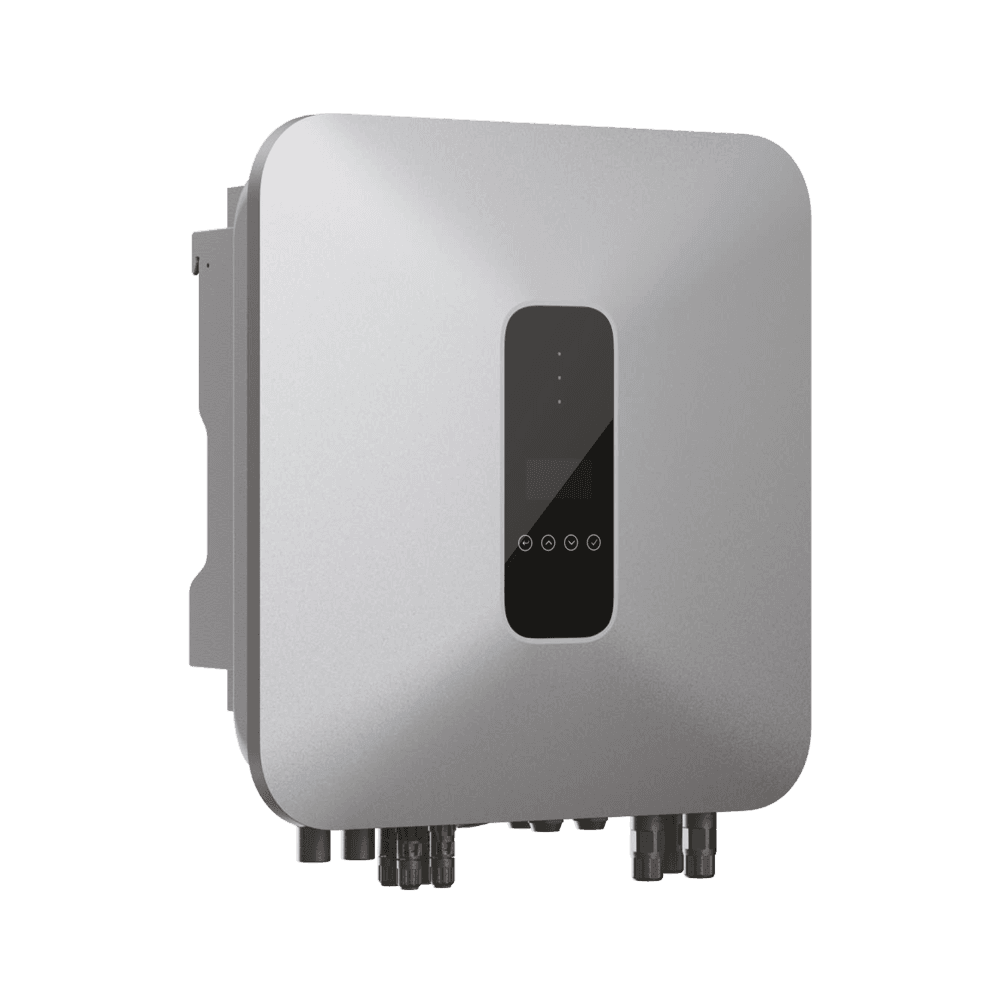 Home
/
News
/
Industry News
Home
/
News
/
Industry News
Classification and Application Analysis of Power Access Methods for Inverters
2025-11-12
In power electronic equipment, inverters are mainly classified into three categories based on the power access method: stand-alone type, grid-connected type and hybrid type. Each type has its unique technical features and applicable scenarios.
The stand-alone inverter is the earliest form of inverter. It operates completely independently of the power grid and directly converts direct current into alternating current for the load to use. This type of inverter is widely used in remote areas, islands and other places that cannot be connected to the public power grid, providing reliable power support for users. Its characteristic is that it has a complete self-protection function, but its energy utilization rate is relatively low.
Grid-connected inverters are currently the most widely used type, which can convert the electrical energy generated by solar panels or other DC power sources and directly feed it back to the power grid. It has a relatively high conversion efficiency, usually reaching over 95%, and is equipped with complete power grid monitoring and protection functions. This type of inverter is mainly applied in photovoltaic power stations, commercial and industrial rooftop photovoltaic systems and other fields, and can achieve the effective utilization of clean energy.
Hybrid inverters have both independent and grid-connected functions and can flexibly switch working modes according to actual needs. When the power grid is normal, it operates as a grid-connected inverter. When a power grid failure occurs, it can automatically switch to independent operation mode to ensure continuous power supply to important loads. This type of inverter is particularly suitable for applications with high requirements for power supply reliability, such as hospitals, data centers and other critical facilities.
Different types of inverters have their own characteristics. When making a choice, it is necessary to comprehensively consider factors such as application scenarios, investment costs, and operation and maintenance to achieve the best economic benefits and user experience. With the continuous development of new energy technologies, the technical performance of inverters will also keep improving, providing more reliable technical support for the wide application of clean energy.
Focus on the research and development and manufacturing of high-performance lithium iron phosphate energy storage batteries and energy storage inverters. Aoge Future products, with safety, reliability and long cycle life as their core advantages, are widely used in household energy storage, photovoltaic energy storage and commercial and industrial energy storage projects. Committed to providing customized solutions for global customers, with direct supply from the factory, we offer you reliable energy security.

-
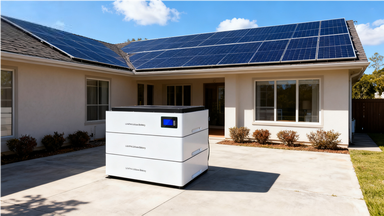
A Guide to Purchasing Lithium Iron Phosphate Batteries for Home Energy Storage
2025-11-14 -
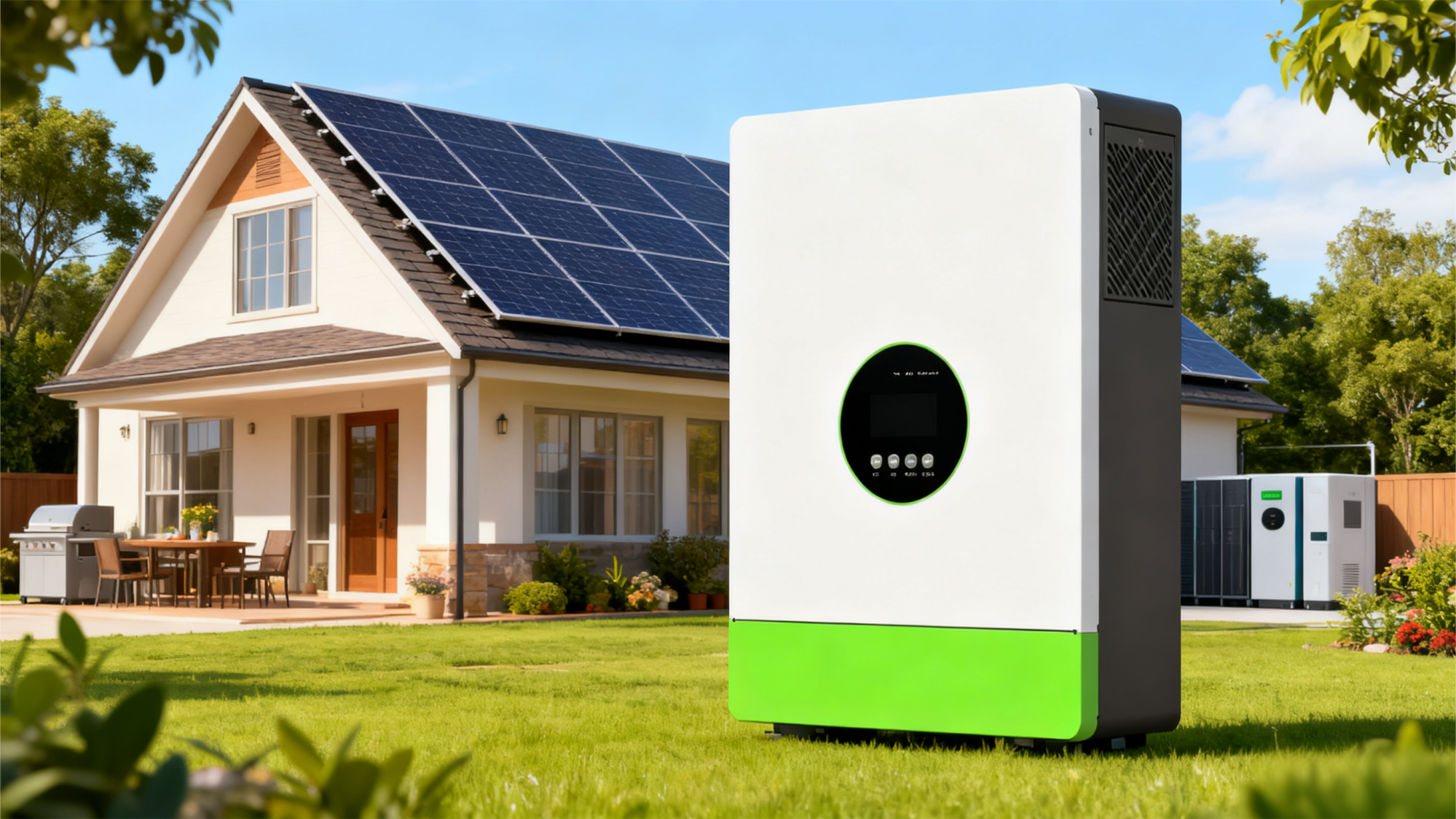
Classification and Application Analysis of Power Access Methods for Inverters
2025-11-12 -
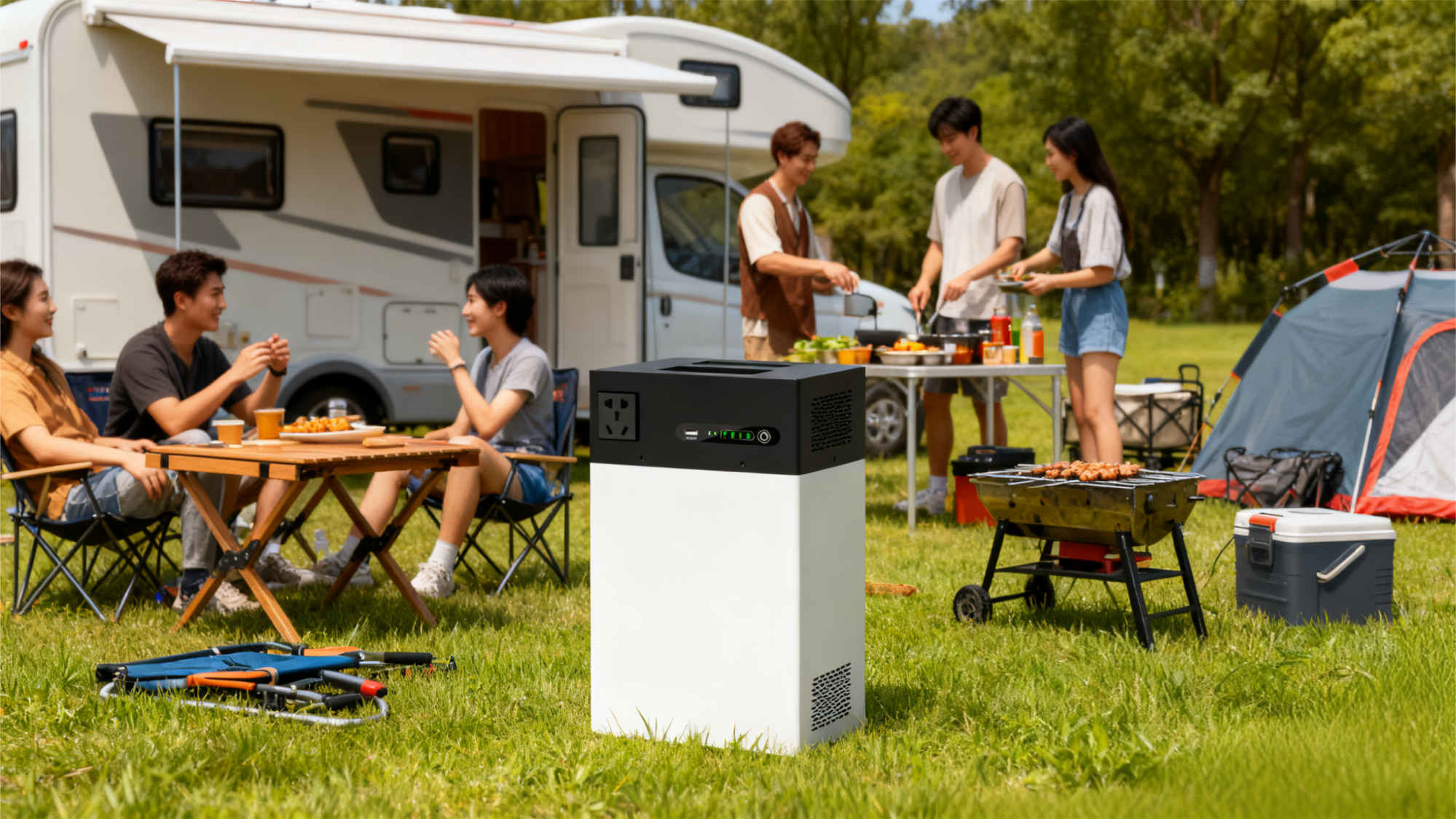
Lithium iron phosphate energy storage battery: The ideal choice for portable outdoor power sources
2025-11-11 -
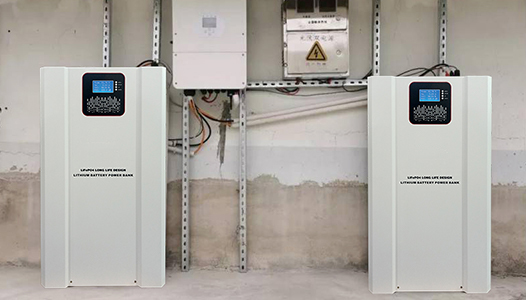
A New Eco-Friendly Option: Why Rackmount Lithium Batteries Are the Future of Green Energy?
2025-10-07


